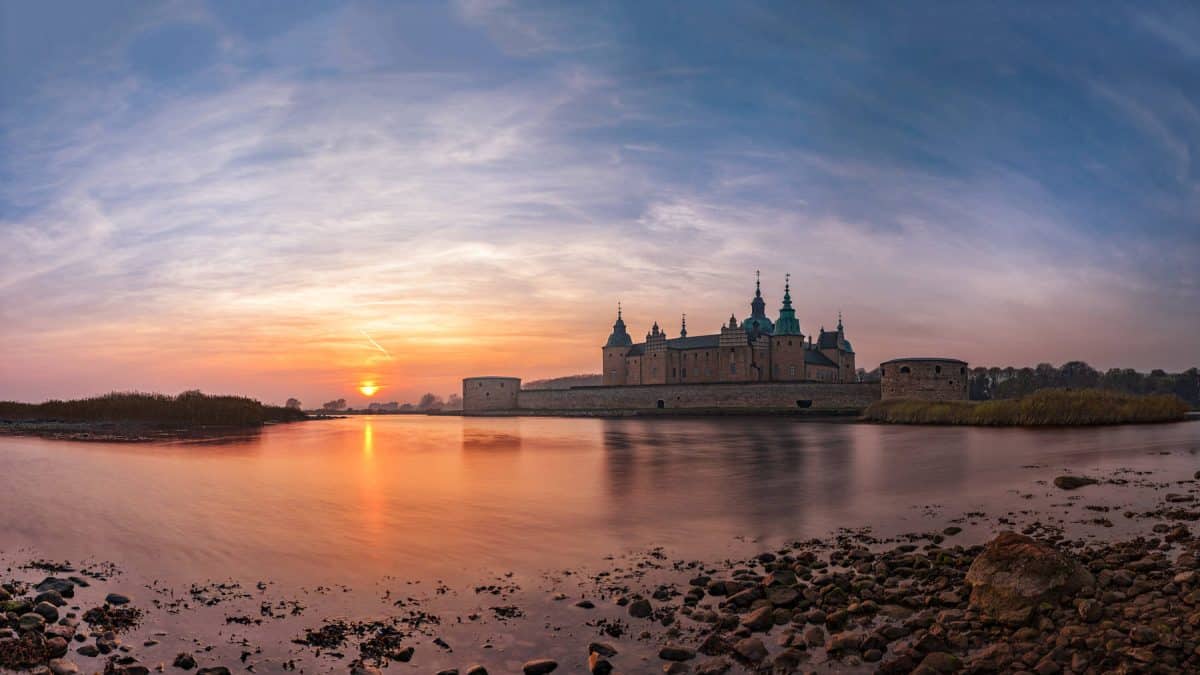History
A harbor lay along an old trading route, where the seed grew to the city of Kalmar. The name Kalmar may be mentioned for the first time in the 9th century when a runestone in Sörmland tells the story of a man in the “Kalmarna und um” (“Kalmar Straight”). Kalmar, whose inlet is surrounded by rock, was considered a dangerous passage for seafarers. Even today, you can see the stone banks from the Öland Bridge at low tide.
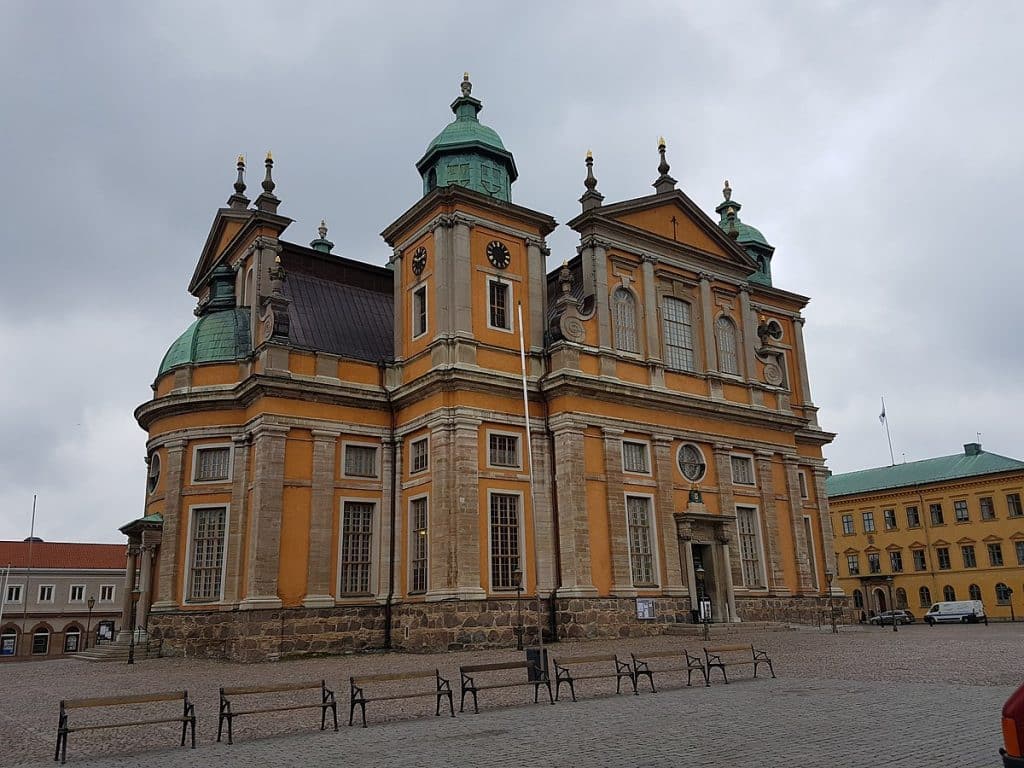
By the middle of the 13th century, Kalmar was one of the most important cities in the Nordic region. In this flourishing trading city, traders were primarily made up of wealthy Germans. Products from the Kalmar area were dispatched to the world. Stone from Öland, tar, wood from Småland, iron, butter, leather, and grain from surrounding areas. Imports included salt, beer, wine, malt, and spices.
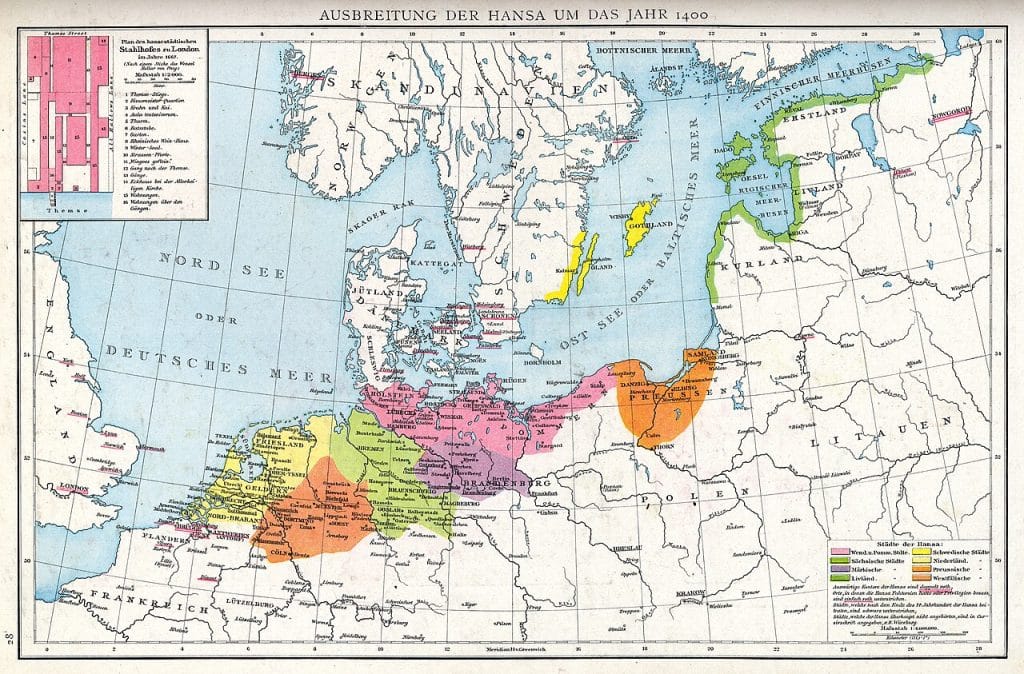
Kalmar was an essential city of the Hanseatic League, a commercial and defensive confederation of merchant guilds and market towns in Northwestern and Central Europe. Other Hansa cities along the route were Novgorod, Riga, Visby, Falsterbo, Danzig, Lübeck, Hamburg, Cologne, Bruges, and London. The German merchants dominated trade in the Kalmar area for several hundred years. In other words, it can be concluded that Kalmar was part of an extensive trade exchange at an early stage.


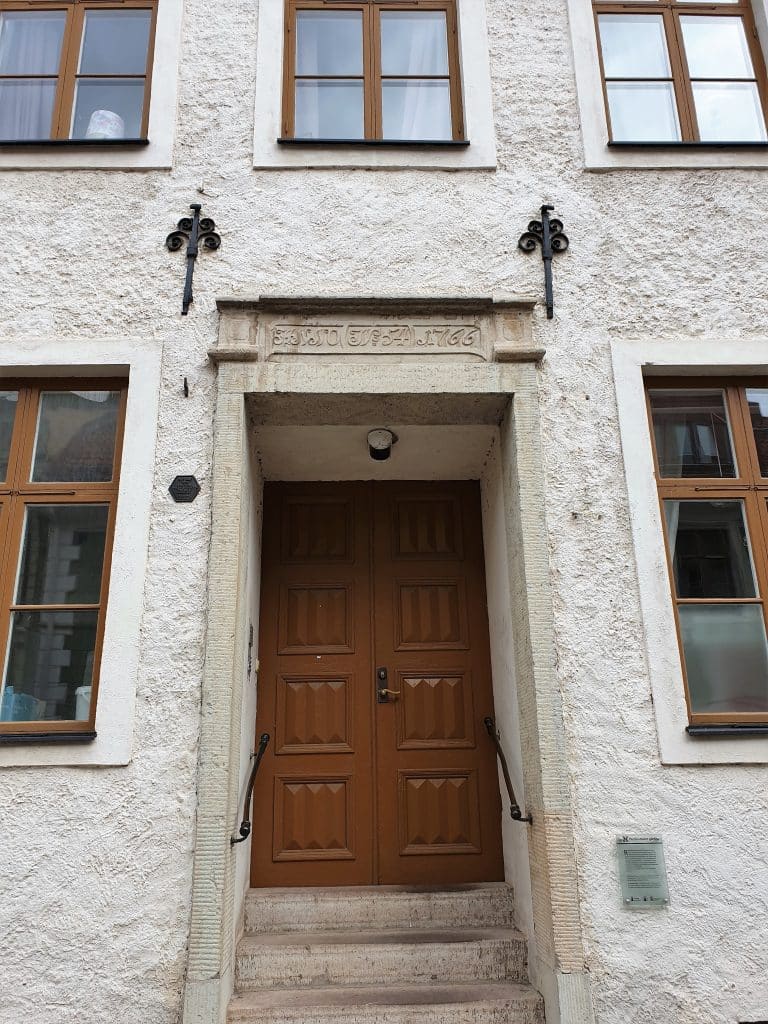


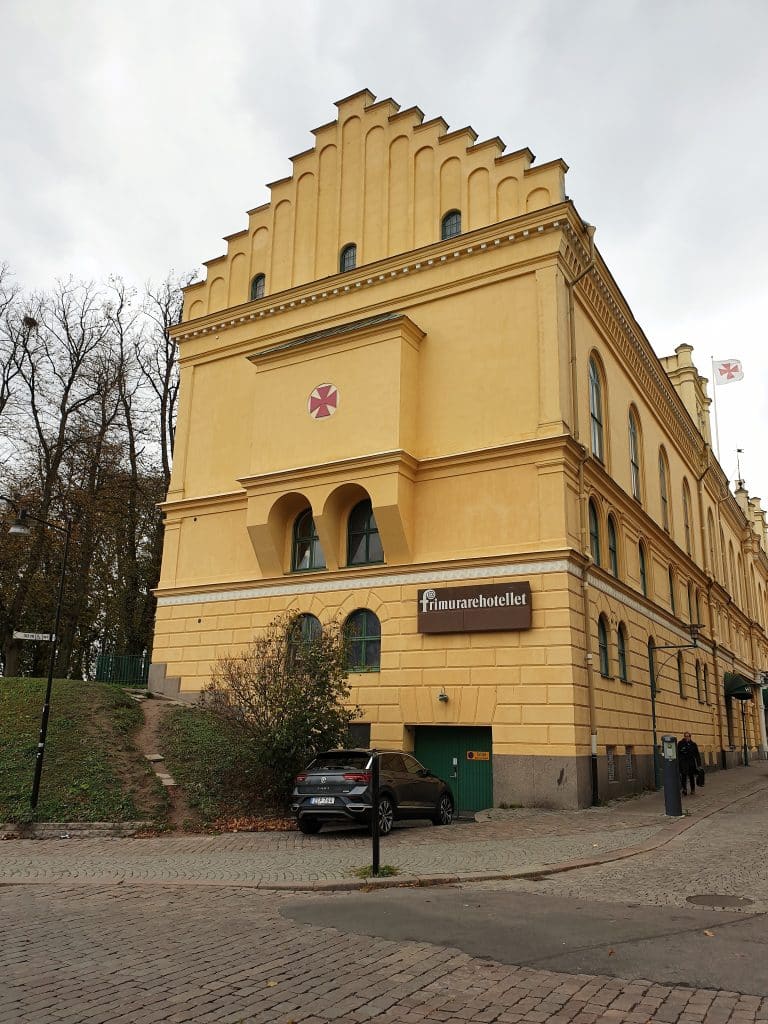




Kalmar diocese was founded in 1602. The Danes occupied the castle in 1611 and burned down the entire city. In another devastating fire in 1647, the rulers moved the whole town to a different location, Kvarnholmen. A ring wall is built around the city center. Kalmar County was formed in 1634. Kalmar Cathedral was completed in 1703.
Industrialization begins in the Kalmar area. The railway became part of Kalmar’s infrastructure, as the Kalmar-Alvesta-Växjö railway line was completed in 1874. The steam mill opens in the same year. After more than 300 years as an independent diocese, Kalmar became part of the Diocese of Växjö in 1915.
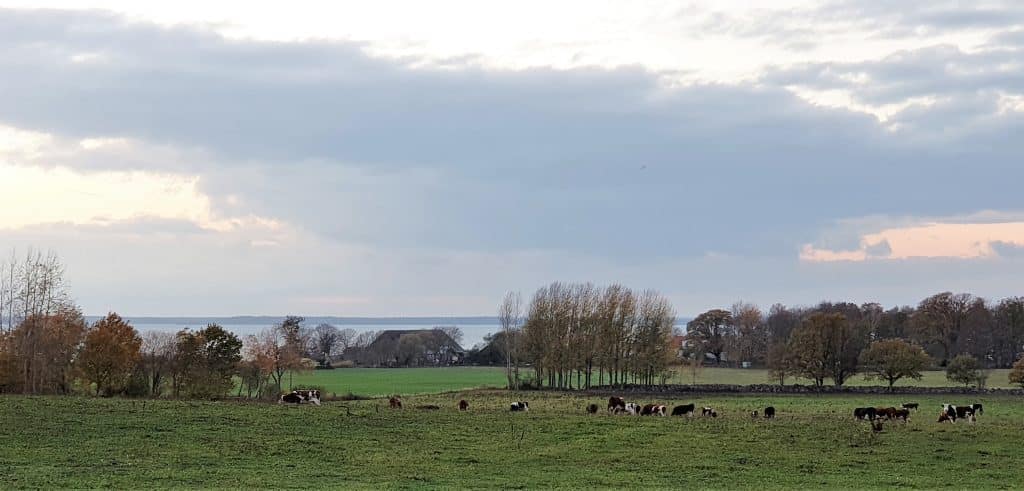
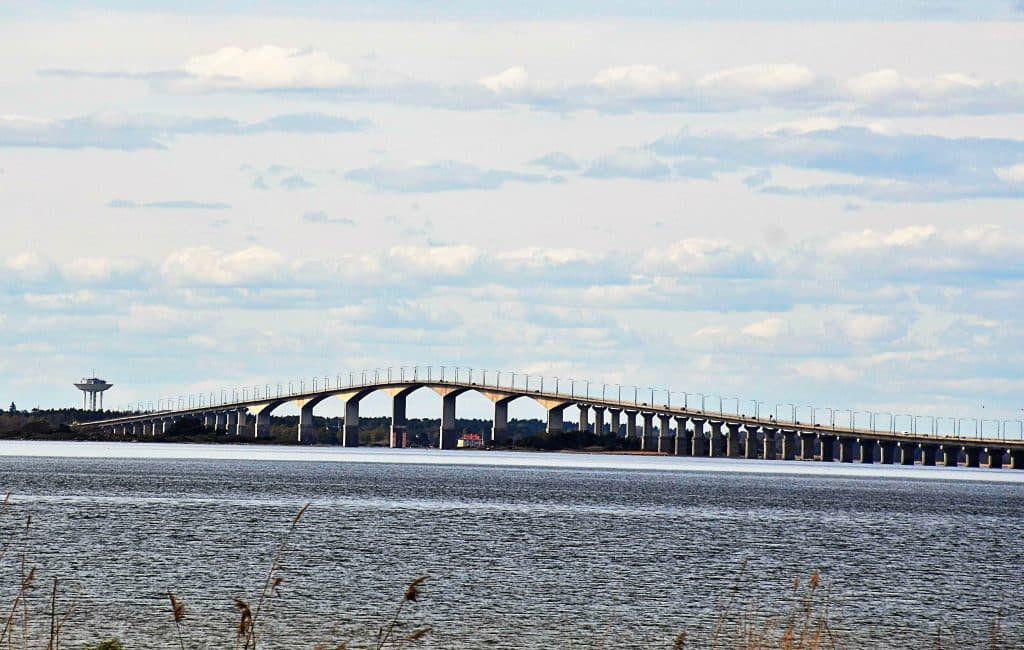
Kronan was lost in the battle of Öland in 1676, and the treasures found onboard consisted of the most extensive collection of coins ever found in Sweden. The Öland Bridge was opened in 1972. In 2005, the regal ship Kronan was excavated.
Kalmar Castle
By the end of the 12th century, Knut Eriksson made a defense tower, which became Kalmar Castle’s foundation. In the 1280s, Magnus Ladulås ordered another defense castle around the old castle. Initially, a single defense tower became a larger defensive structure adjoined Kalmar Castle.
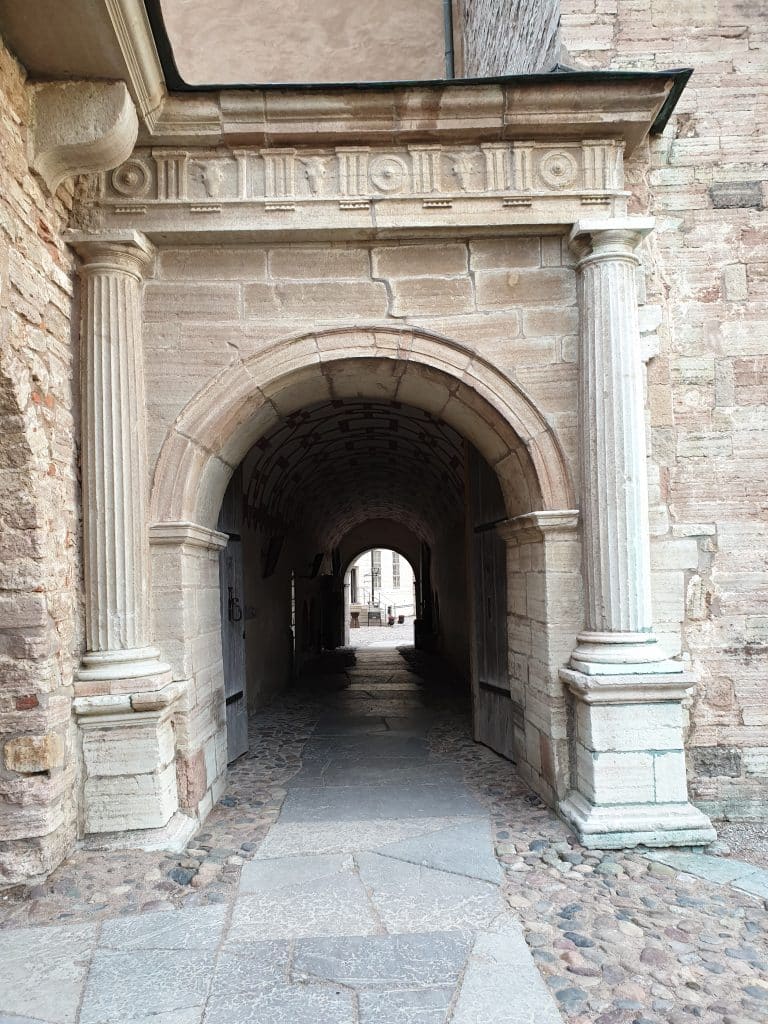

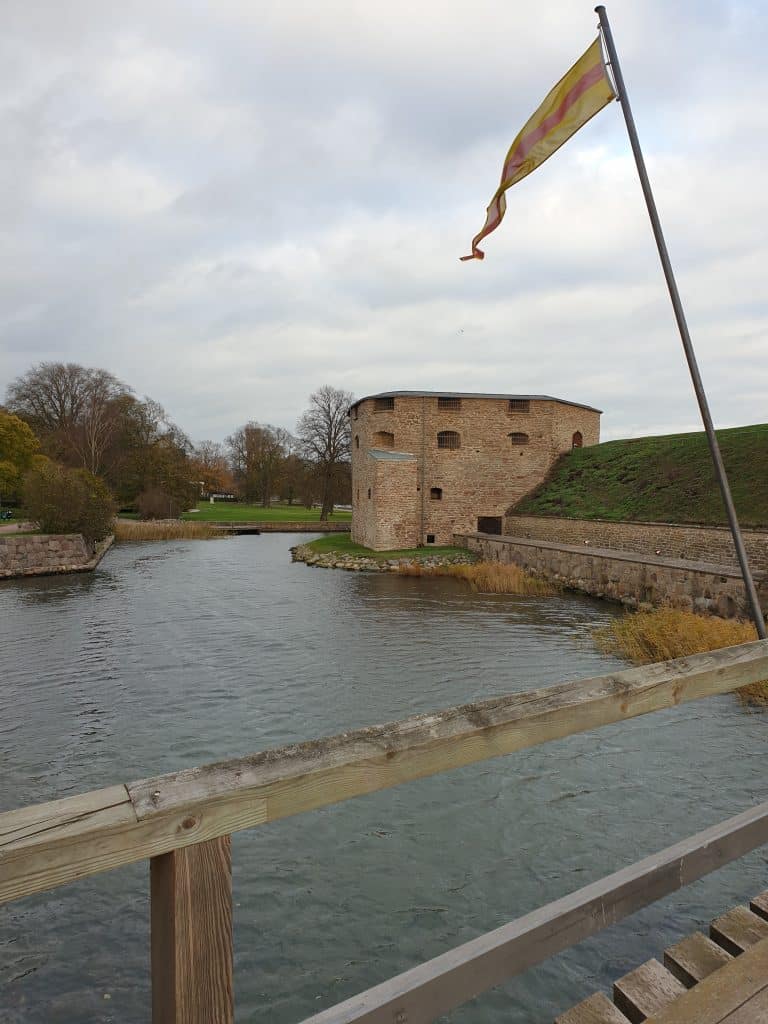




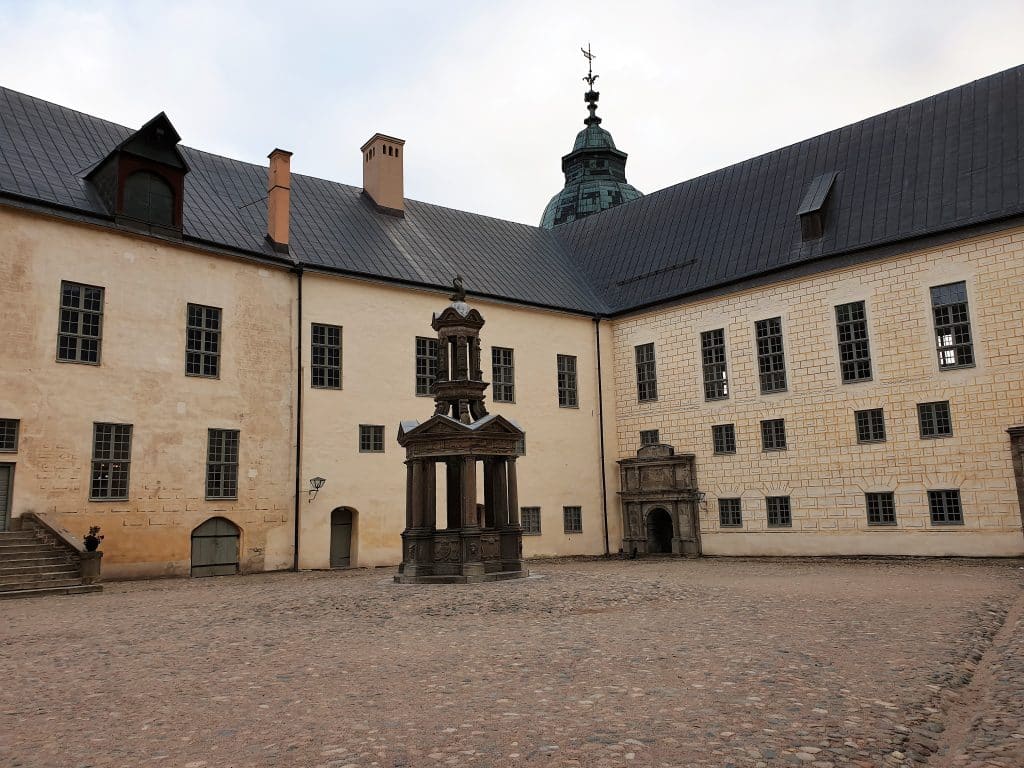
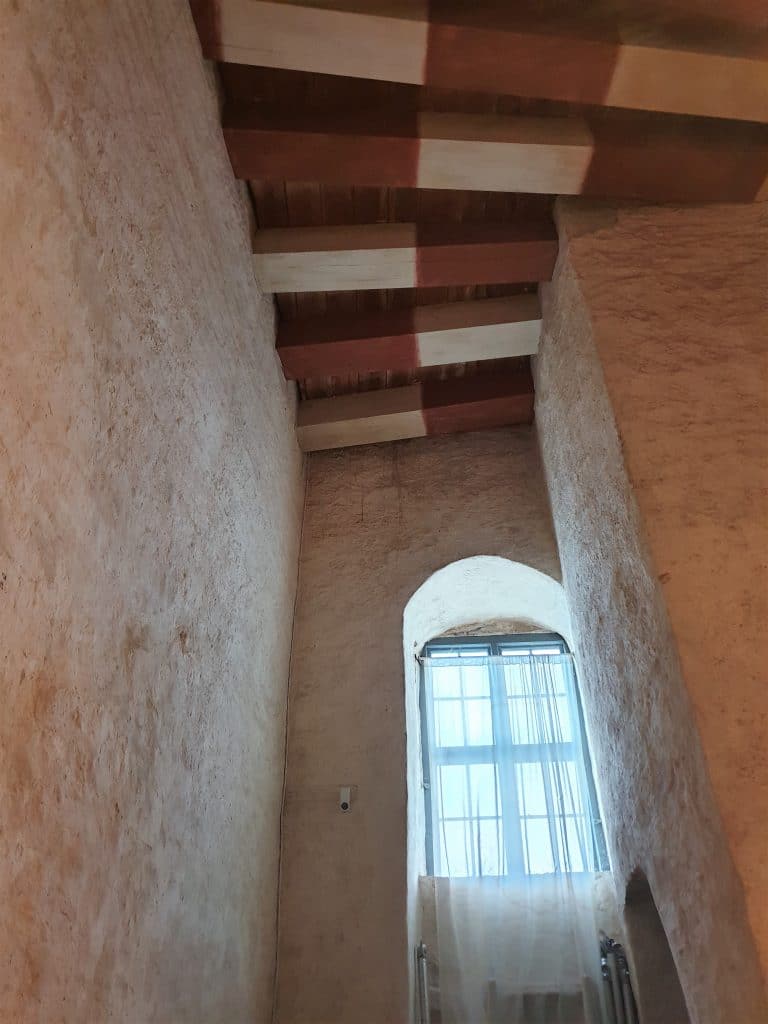
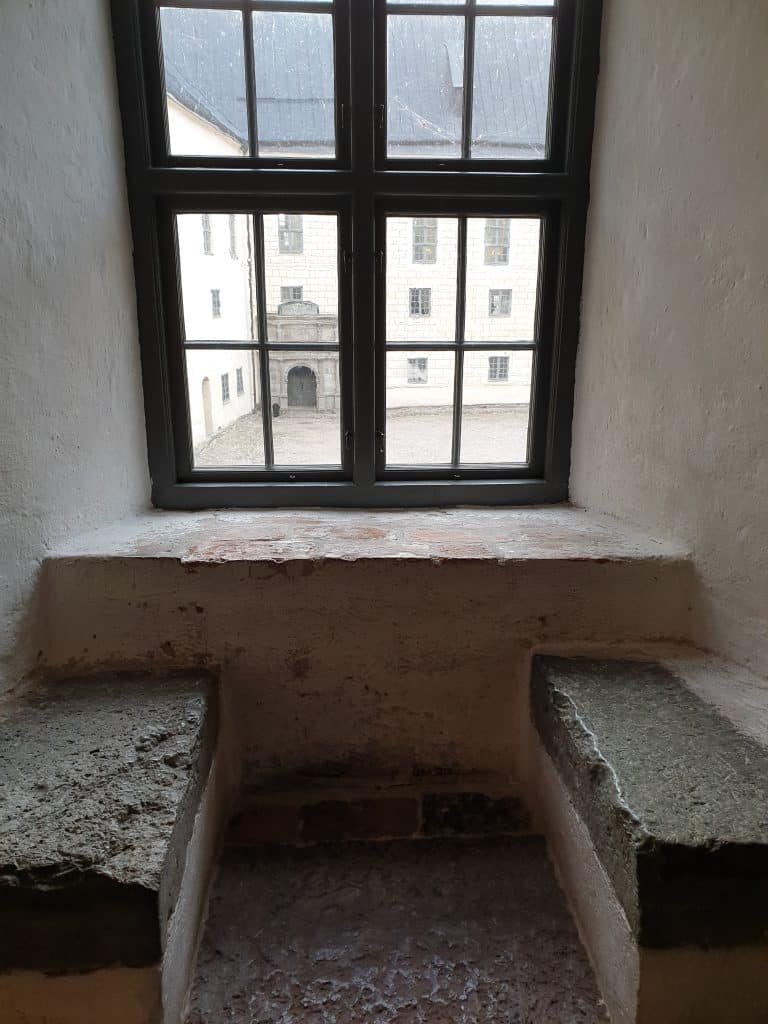



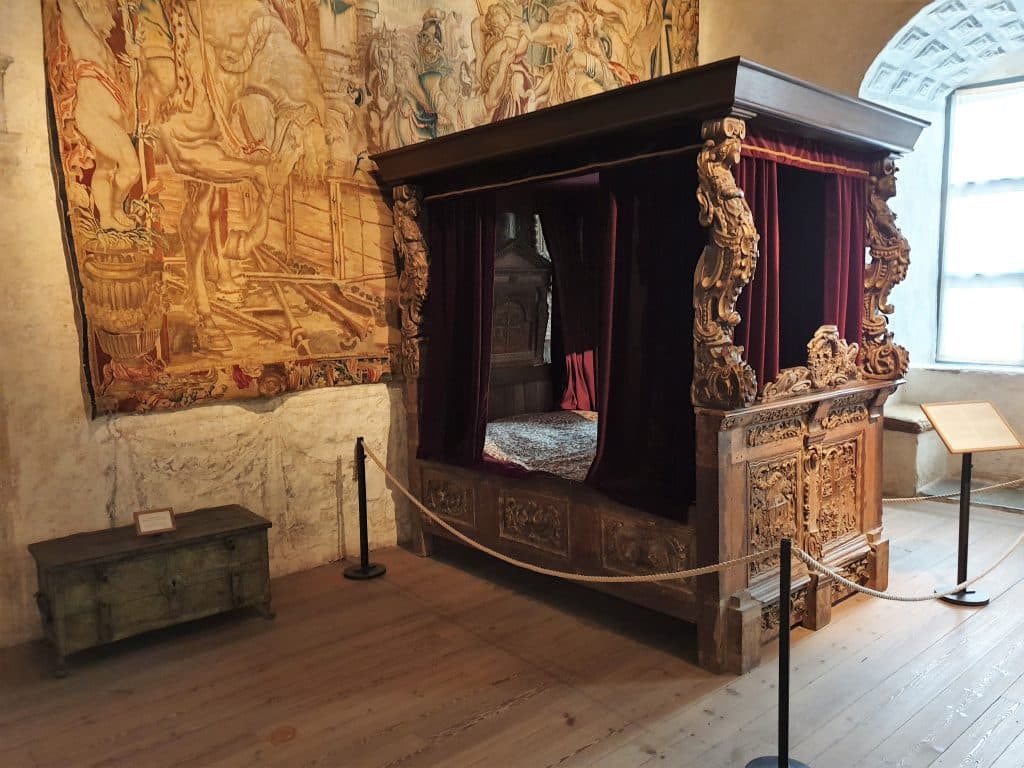
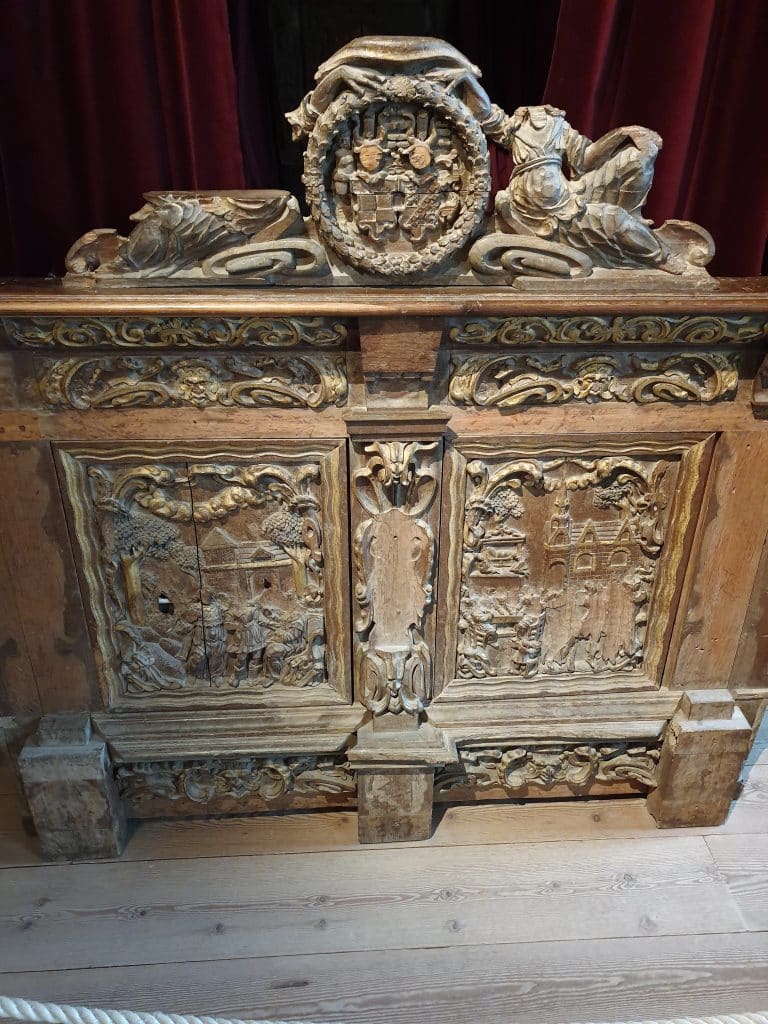
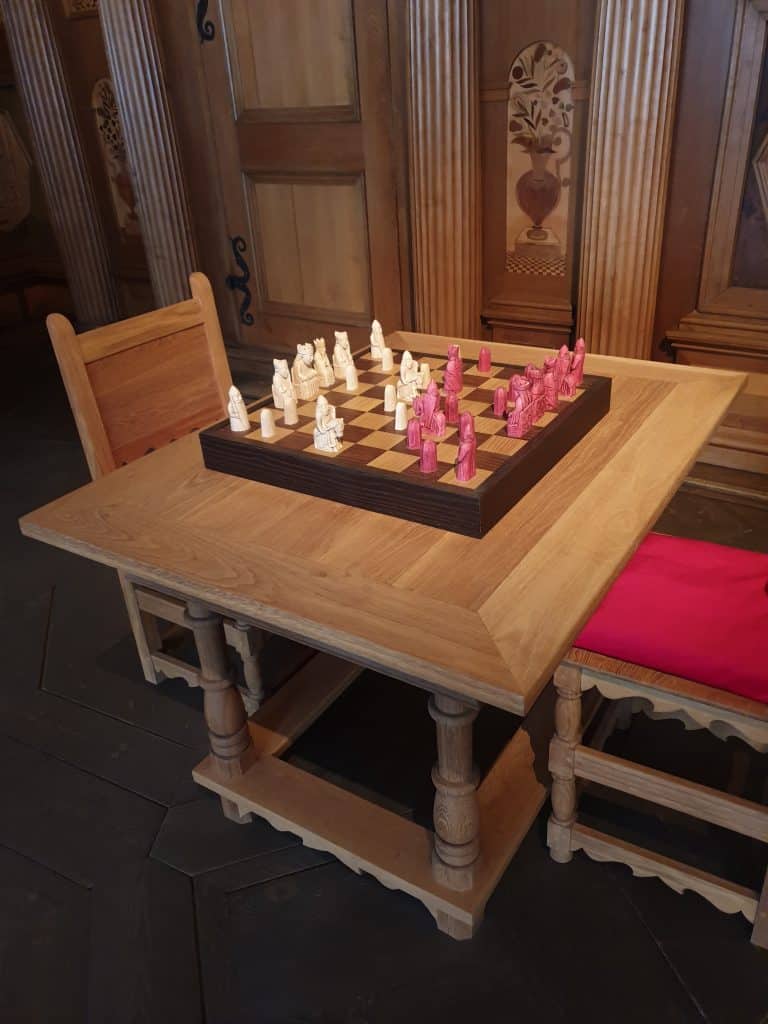




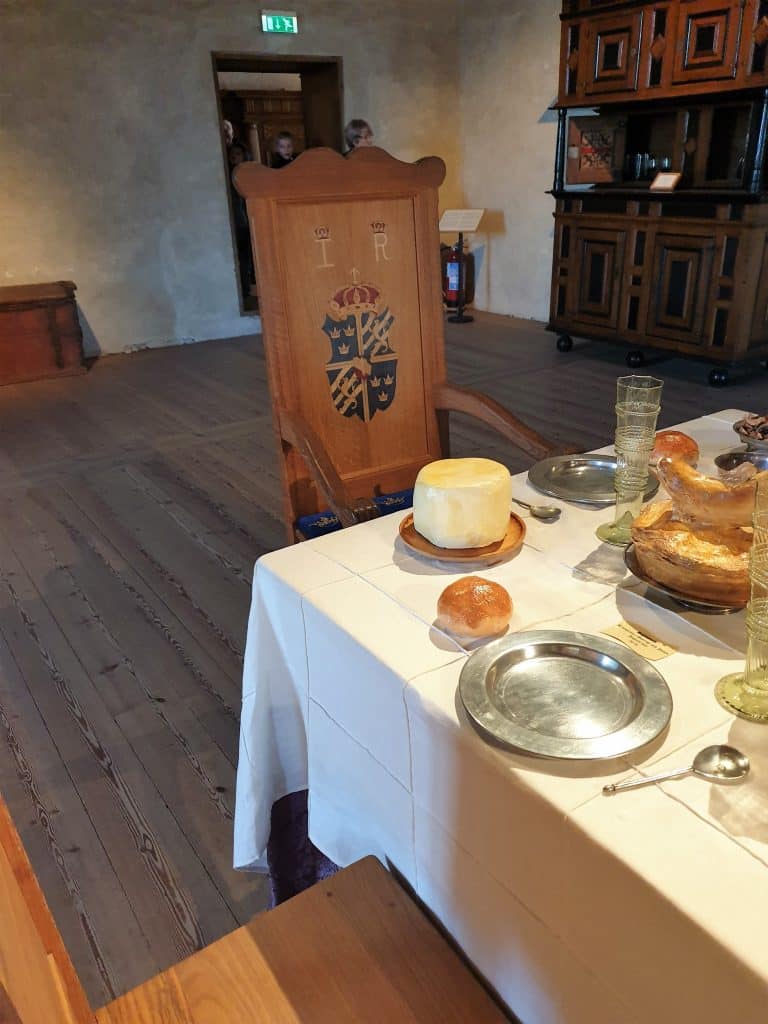
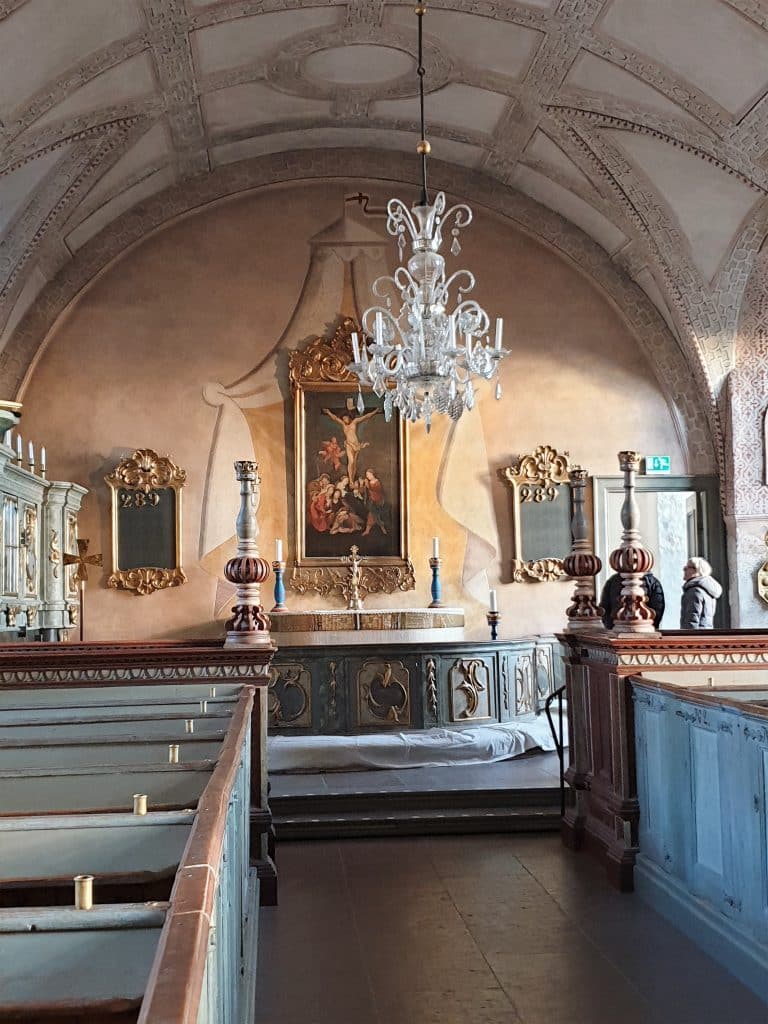

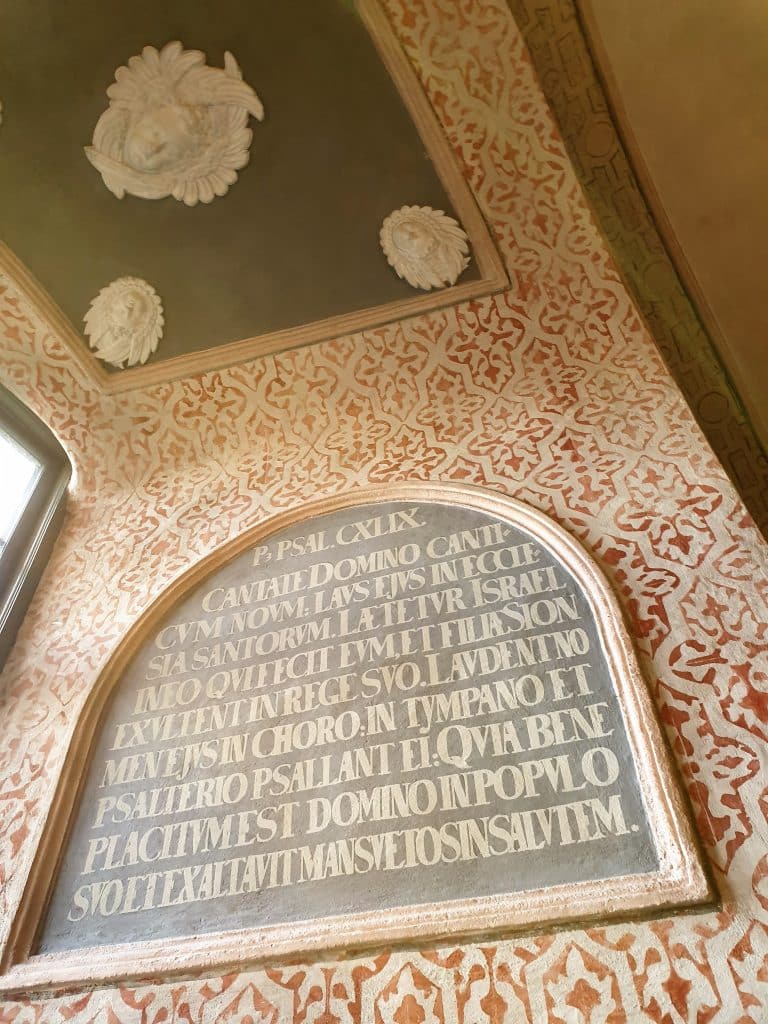


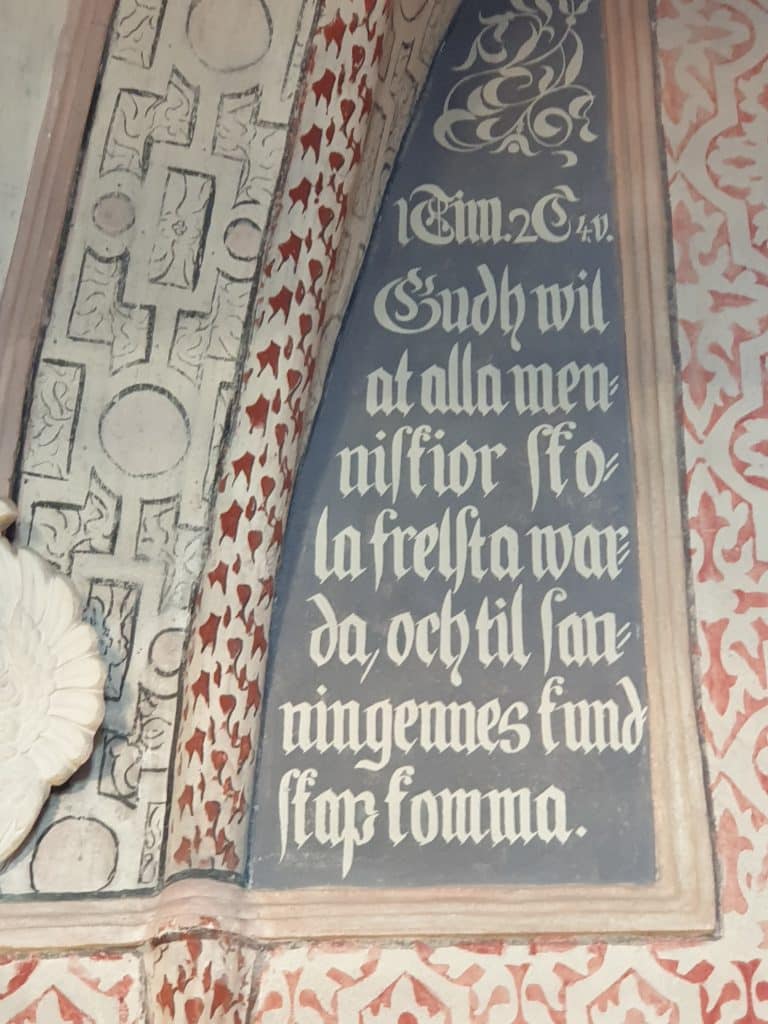
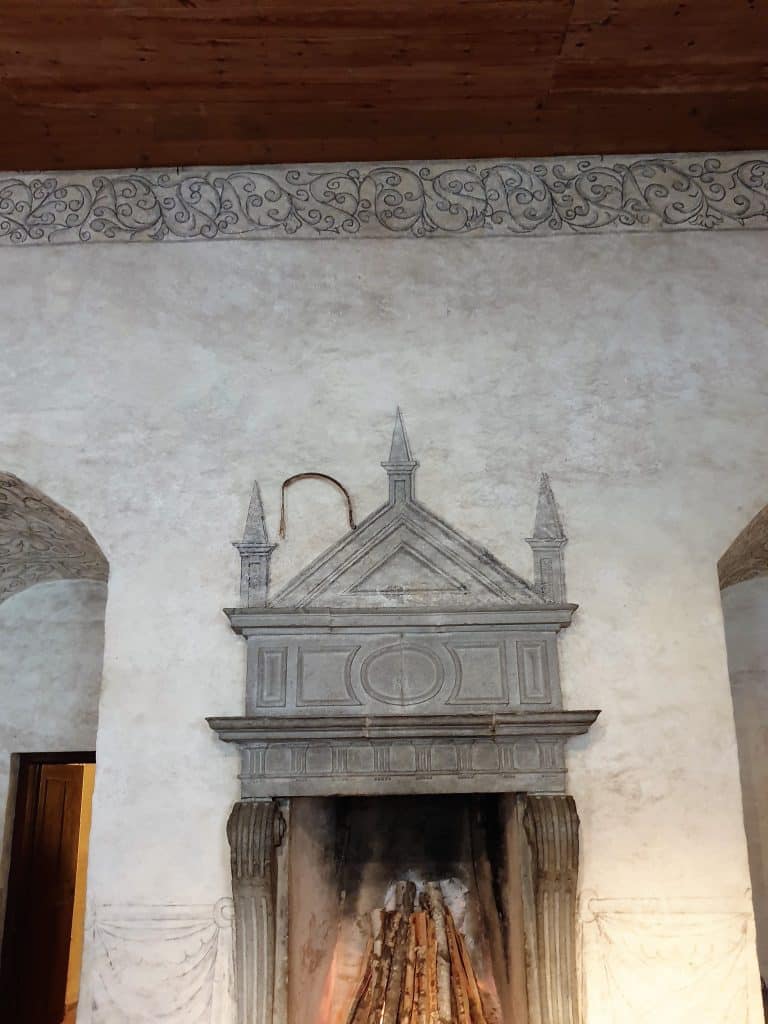
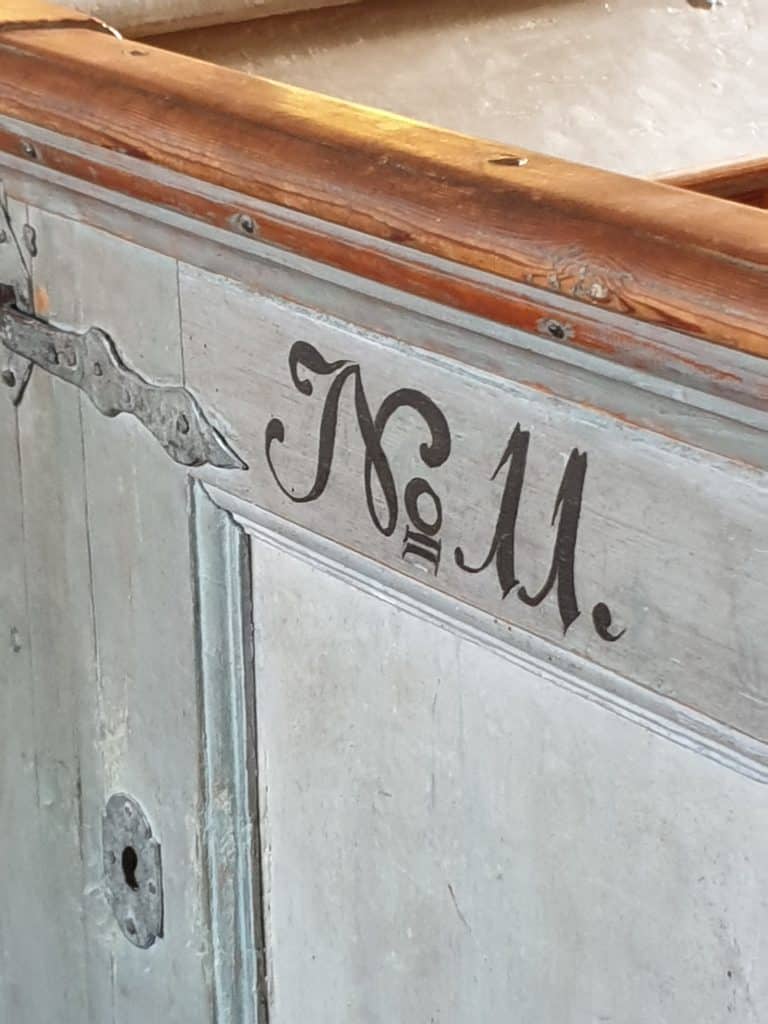
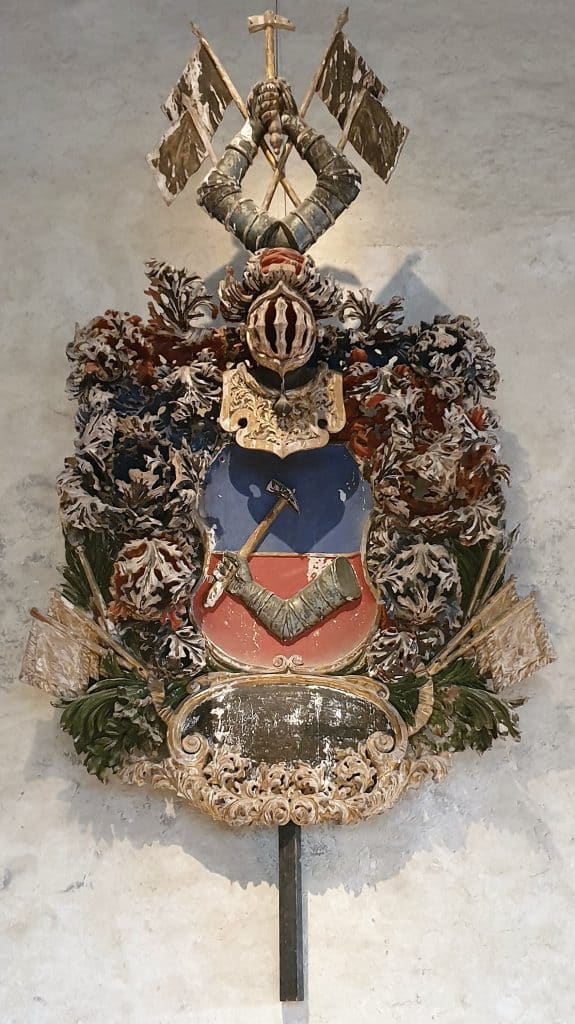
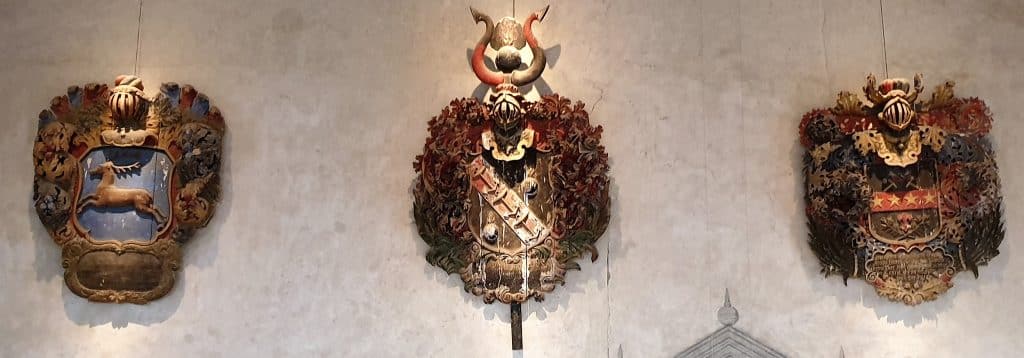
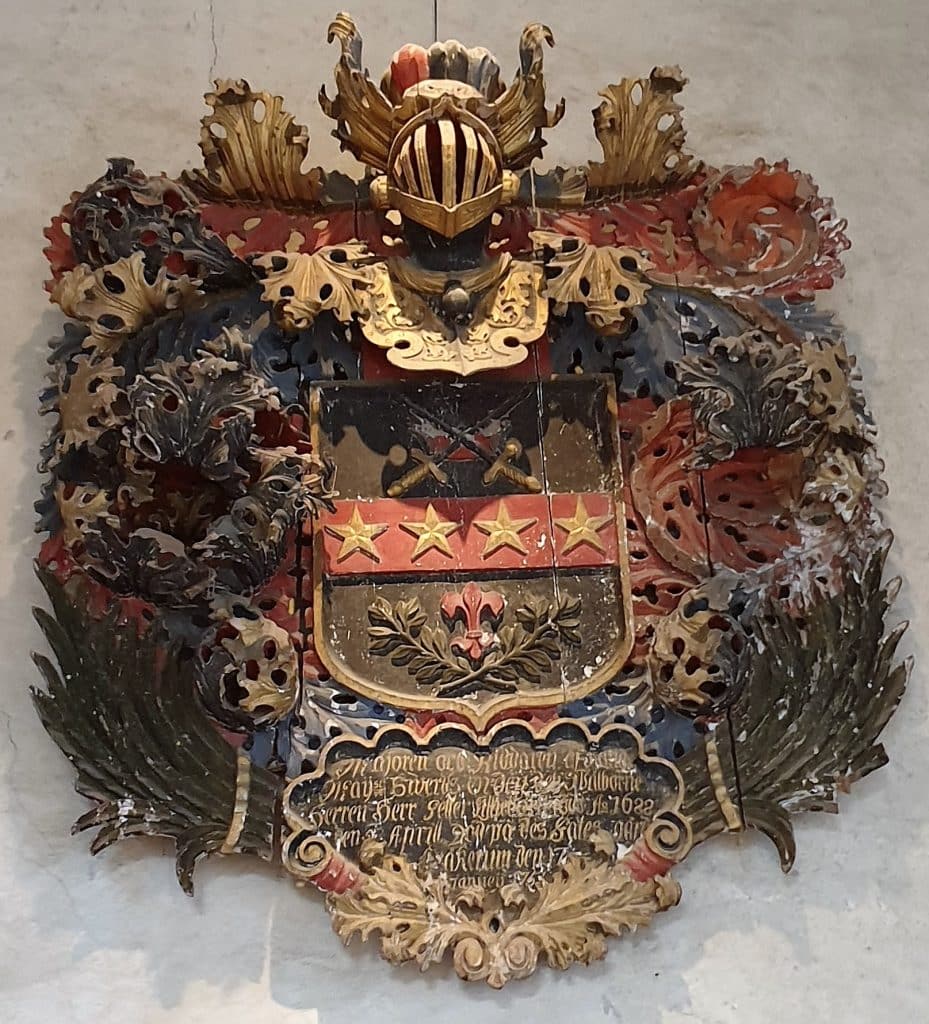
Just over 100 years later, in 1397, Kalmar Castle is the center of one of Scandinavia’s most meaningful events. The Kalmar Union was formed with Queen Margareta, ruling over Sweden, Norway, Denmark, and associated areas such as Finland, Iceland, Greenland, the Faroe Islands, Orkney, and the Shetland Islands. The union lasted between 1397-1523, but in 1483, the so-called Kalmar recess was held, a decision that, for natural reasons, was very unpopular among the nobility of the three countries.
The 16th century is striking in Kalmar’s history. In 1505 and 1599, Kalmar was exposed to bloodbaths and public executions of nobility ordered by the Danish king Kristian I.
The successor to the Swedish throne (Gustav Vasa) succeeded in escaping from captivity and came to Stensö in Kalmar in 1520. Five years later, Kalmar is liberated by Swedish troops after many years of siege. In 1587, Johan III and Sigismund signed the city statutes of Kalmar. In the 16th century, Gustav Vasa and his sons rebuilt Kalmar Castle into a Renaissance castle.

